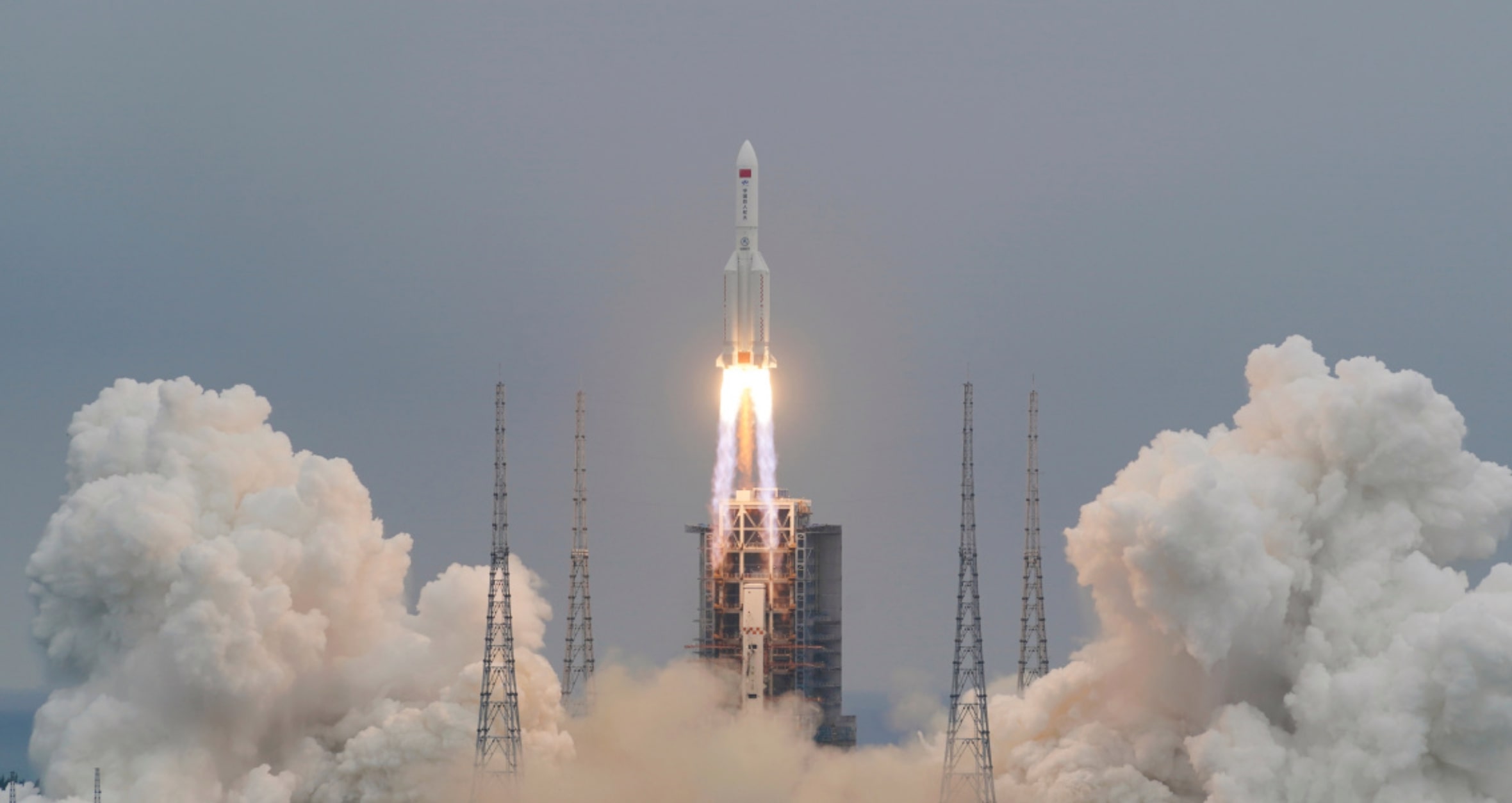The idea of space travel is a novel one, and one that seems impossible when you really start looking at everything it involves. Not only do we have to come up with a way to generate artificial gravity to keep humanity’s bones from withering, but we also have to make up for the time that it would take to travel to distant planets. Now, ideas for a nuclear space engine could solve at least one of those problems.
Getting anywhere in space takes time — a lot of time, in fact. One of NASA’s premiere destinations for human space travel is Mars. While the space agency wants to run a manned mission to the Red Planet in the 2030s, such a journey would take six months of travel. Unless scientists somehow came up with a nuclear space engine.
But how would you justify putting nuclear-powered engines into a spacecraft? After all, the goal of many is to lower the amount of weight each rocket has that lifts a mission into space, thus requiring less resources to pull the mission off. So how do you lower weight while also taking advantage of a nuclear space engine? One current theory suggests using creating a nuclear engine that is as light as a feather.

This idea is currently being worked on by Positron Dynamics, who hopes to create a nuclear engine that relies on aerogels to hold the nuclear fuel that such an engine would need to rely on. The overall design requires embedded fuel particles needed for a fission reaction into the aerogel. The project wouldn’t exactly be as light as a feather, but it would be light enough to be lifted into orbit without issue.
But aerogel isn’t strong enough to contain the fuel particles needed for the nuclear space engine without them breaking apart. That is why the design also calls for a superconducting magnent, which would allow the engineers to channel the fragments into a single direction, effectively keeping them in line with the engine’s thrust vector. That also means they wouldn’t be free to destroy other engine parts.
Of course, this is all theoretical at the moment. Creating an actual nuclear space engine will take more research and time. In the meantime, this isn’t the only way that NASA is looking at making nuclear powered spacecraft. It’s also exploring other ways to bring that dream to life, and even testing alternative propulsion options.








